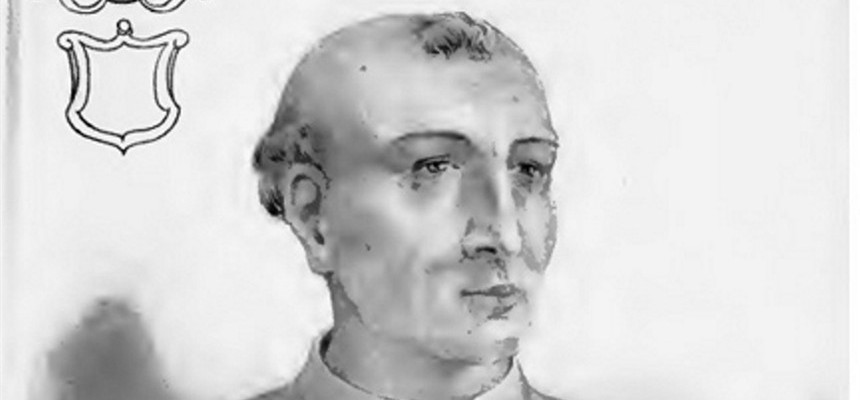
Pope Adrian III was a controversial, short-lived pope.
He was born in Rome, probably around 834. This would have set him up to be a child during the attacks of the Saracens on Rome and its environs in 846.
Nothing is known of the early life of Adrian. He was elected in May 884, after the death of Pope Marinus. He had to face the same problems of Marinus and John VIII. Adrian contradicted the aristocratic Roman group directed by the bishop, Formosus. He captured some of the fiercer individuals in that group. This may be a partial explanation of what happened the following year.
The new pope’s first priority appears to have been alleviating the misery of the people of southern Italy. The misery developed in a two-fold way: The Saracens had been attacking the southern half of the peninsula for 50 years and this constant chaos squashed trade. In addition, from 870 to 883-4, the temperatures in Europe were colder than normal and the precipitation was lower than normal, leading to the expected famine. It did not take just a year for the poor people to recoup their losses. Adrian’s major humanitarian work was finding food for the citizens.
Many of the African Saracens captured Sicily in the 50 years of battles. They took one town at a time, gathering booty and then killing or enslaving the residents. It was in the late 890s that the Byzantine military finally showed a resurgence of strength on the mainland and saved it from the fate of Sicily.
Knowing that the Saracens’ bases of operation were Africa and Spain, Adrian wrote a letter to the Christians of the Muslim-ruled and Christian-ruled parts of Spain admonishing them for being too friendly with the Jews of that area. The concept was probably that the Jews were helping to fund the attacks.
The inept Frankish emperor, Charles the Fat, decided to settle two problems at the same time. He summoned Adrian to the Diet of Worms (now in modern Germany) in the early summer of 885. Charles had two concerns One was the succession of his illegitimate son, Bernard, since he and his wife had no children. The second was a discussion of the Saracens attacking the southern fringes of the empire.
Adrian began his trip but only made it as far as Modena, on the south side of the Po valley, not too far from the Alps. At that point, he suddenly died at the San Silvestro Abbey. A death under dubious circumstances sometimes is deliberate. Whether he was assassinated or not still remains to be researched. Historians do question this, however. His date of death is recorded as 8 July 885, giving him a short reign of only 13 months. The pope was buried at the abbey, beneath the high altar. In honor of his death, a stone cutting at the abbey depicts the burial.
Despite the fact that no miracles or sensational blessings are known to have happened to him during his lifetime, Pope Leo XIII canonized Pope Adrian III in 1891.


Recent Comments